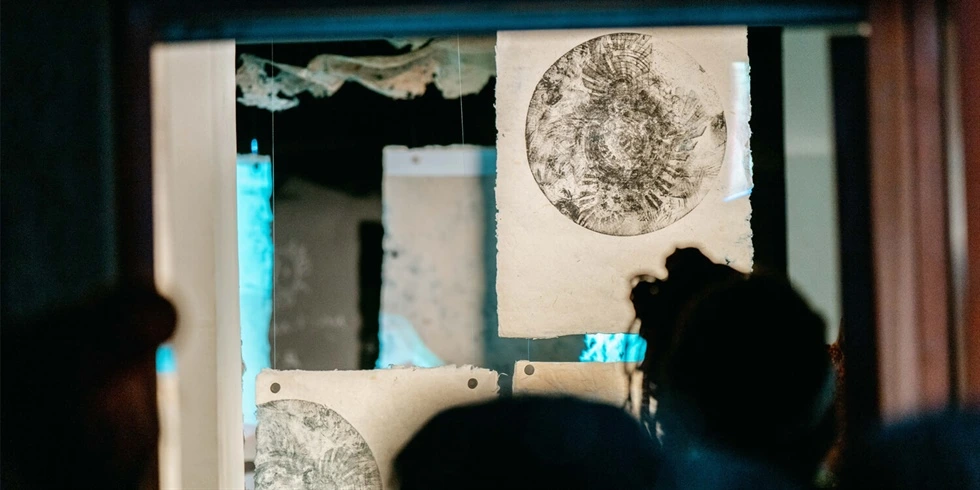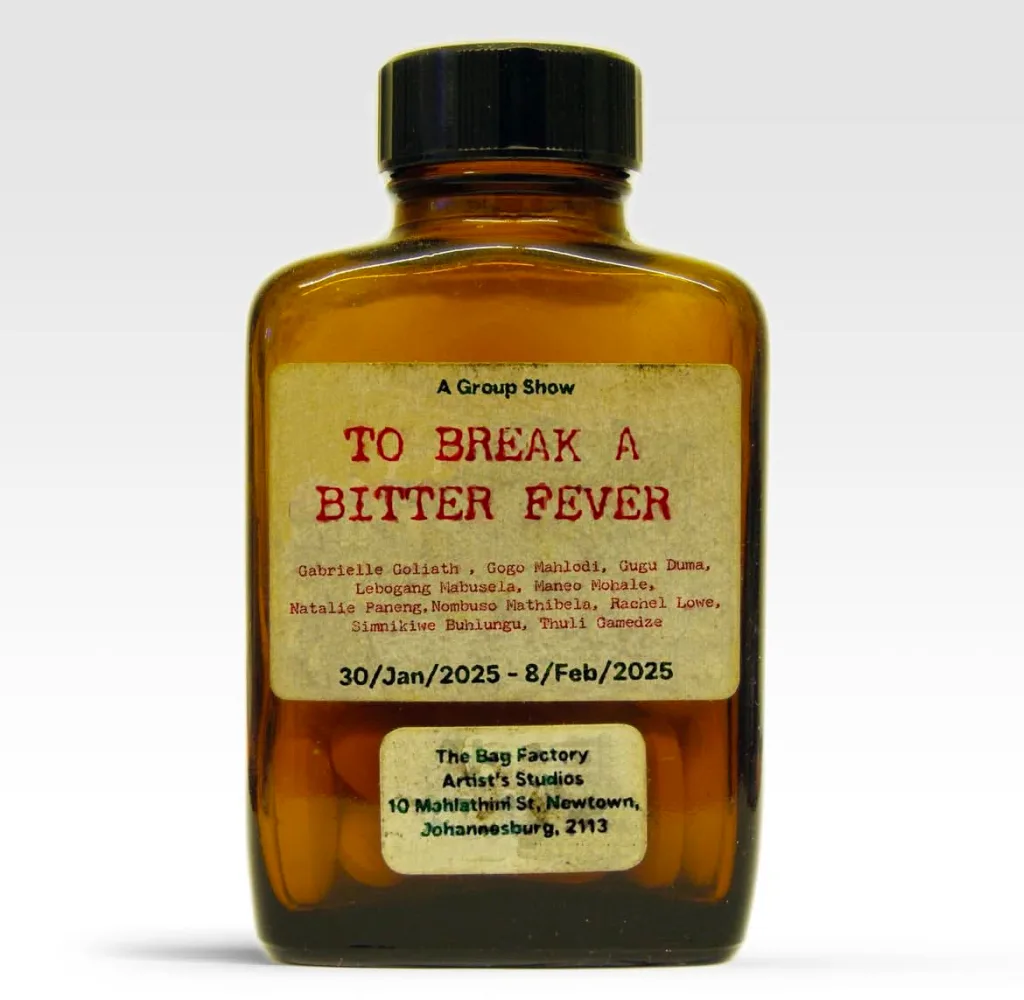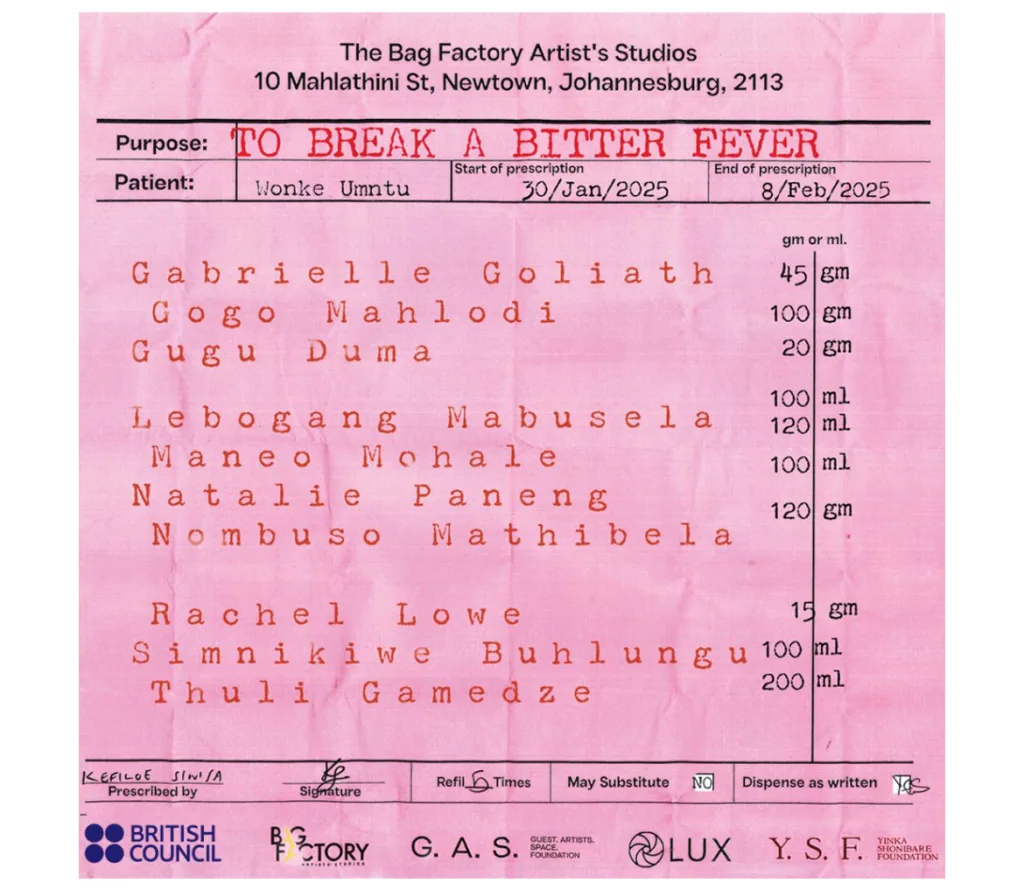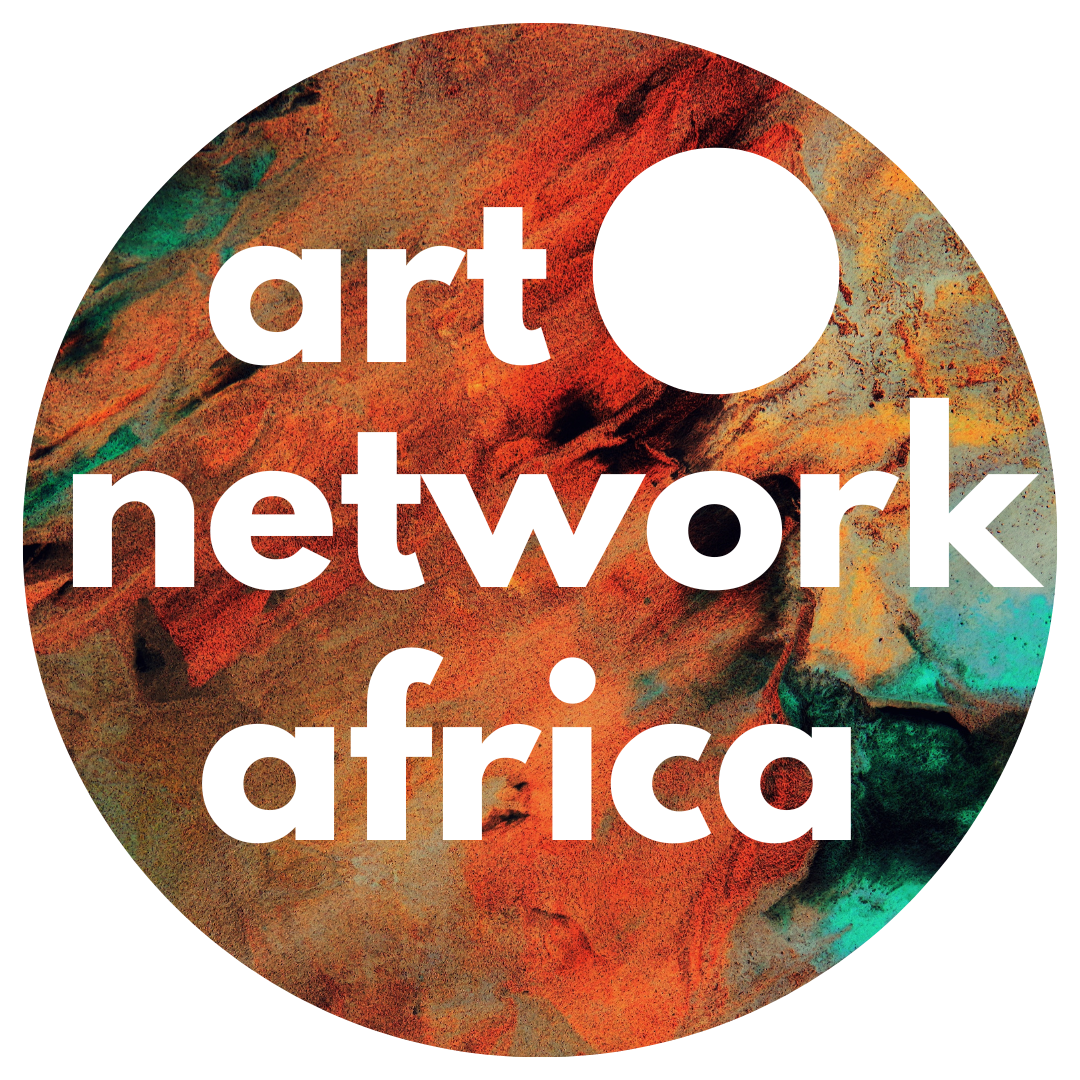In the face of South Africa’s harrowing epidemic of gendered and sexualized violence, the group exhibition, To Break A Bitter Fever, curated by Kefiloe Siwisa, emerges as both a sanctuary and a catalyst. Set to take place from the 30th of January to the 8th of February, 2025, at the Bag Factory Artists’ Studios in Johannesburg, this poignant exhibition intertwines art, healing, and collective care. Developed under the Art Exchange: Moving Image program—a curatorial initiative for Sub-Saharan African and South Asian early to mid-career visual arts curators—by LUX and the Guest Artists Space Foundation in collaboration with the British Council, the project seeks to create spaces of solace and support amid overwhelming societal trauma.

The exhibition is a collaborative endeavor featuring acclaimed artists Gabrielle Goliath, Gogo Mahlodi, Gugu Duma, Lebogang Mabusela, Maneo Mohale, Natalie Paneng, Nombuso Mathibela, Rachel Lowe, Simnikiwe Buhlungu, and Thuli Gamedze. Together, they have crafted an artistic offering rooted in tenderness and resilience, where visitors are invited to confront, resist, and restore through communal connection.
To Break A Bitter Fever opens a dialogue around the weight of survival in a world saturated with violence. Moreover, the collaborators reject the performative façade of resilience—a survival mechanism that has stifled the ability to grieve and feel fully. Instead, they present art as a medium for expressing withheld emotions: weeping, wailing, raging, and mourning. The exhibition is a challenge to move beyond the self-care rhetoric that often feels hollow, offering instead meaningful practices that nurture both individual and communal well-being.

This exhibition invites the viewers to hold one another closer, to sink into slowness and presence, and to engage with beauty, play, joy, and dreaming as radical acts of restoration—a collective means to break this bitter fever.
Public Programs
Accompanying the exhibition are thoughtfully curated public programs, each designed to deepen the themes explored within the artworks. These sessions are:
- Soft Opening (January 30, 2025, 14:00 – 17:00): A gentle introduction, open to the public, welcoming visitors into the shared space.
- Waning on Your Loved Ones (January 31, 2025, 13:30 – 15:00): Led by Lebogang Mabusela, this playful workshop uses coloring and ‘play-play’ at the dinner table to examine the silent violence embedded within intimate spaces and familial relationships.
- Ditaelo tsa Moya (February 1, 2025, 10:30 – 12:30): Gogo Mahlodi leads participants through an exploration of ancestral wisdom encoded in dreams, revealing their potential for deep restoration and spiritual insight.
- Who Do We Hope to Be? (February 7, 2025, 13:30 – 15:00): Nombuso Mathibela and Gugu Duma guide participants through sonic meditations and slow movements, reimagining how collective repair can transform harm into new possibilities for life.
- [Altar]-nate Words (February 8, 2025, 10:30 – 12:00): A collaborative sonic altar built by Gabrielle Goliath and Maneo Mohale, weaving sound and text from their works to imagine alternate words and alternate worlds.
- I’ll Hold Your Hand (February 8, 2025, 12:30 – 13:00): A closing movement by Kefiloe Siwisa, holding space for reflection and connection.
They limit each session to 20 participants to emphasize intimacy and personal engagement, and attendees must RSVP to join.

Interventions and Artistic Highlights
Throughout the exhibition, visitors will encounter additional works that extend its themes of care and restoration:
- A Soft Machine: Natalie Paneng’s speculative weapon prototypes explore security and self-defense in the absence of effective human interventions, imagining systems of care in violent realities.
- baby can I hold you tonight: Simnikiwe Buhlungu and Thuli Gamedze present wearable “hugs”—raindrop-shaped padded designs offering physical and emotional support.
- A Letter to An Unknown Person No. 5: Rachel Lowe’s window drawings unravel into a mesh of unspoken stories, inviting visitors to pen letters as acts of release and relief. This work is presented courtesy of the British Council Collection.
To Break A Bitter Fever owes its realization to a constellation of inspirations and collaborators. Moreover, the exhibition draws inspiration from the work of Rev. Angel Kyodo Williams, Amie Soudien’s Lesser Violence Volume I, the Global Blackness Summer School ’23 curated by Danielle Bowler, and organizations such as Women for Change. Through this exhibition, Kefiloe Siwisa and her collaborators remind the viewers of art’s capacity to heal and transform. Furthermore, it goes beyond being just an exhibition; it invites viewers to reimagine how they hold and are held—by art, by one another, and by the quiet strength within themselves. Ultimately, it is a call to resist, rest, and restore in the face of violence and loss, and to dream of alternate worlds where collective care triumphs over despair.
There’s something profoundly moving about the way To Break A Bitter Fever transcends the traditional boundaries of an exhibition. It doesn’t just ask viewers to observe; it asks them to participate in healing and reimagining. The emphasis on communal care feels like a quiet rebellion against the isolation so many feel in the face of overwhelming violence. It’s a reminder that even in despair, there’s room for connection, for dreaming, and for holding each other—and ourselves—through it all.


